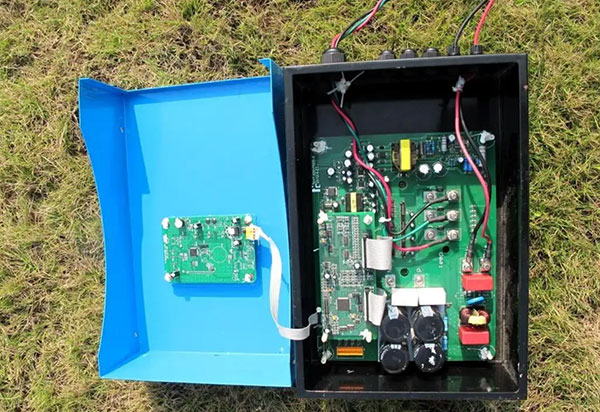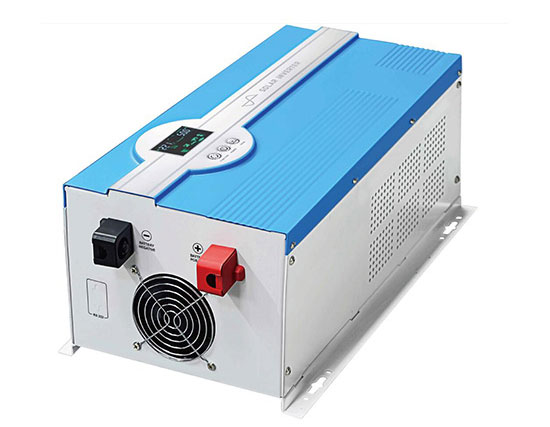Solar inverter is the brain of the photovoltaic power generation system. In the process of photovoltaic power generation, the power generated by the photovoltaic array is DC power, but many loads require AC power. The DC power supply system has great limitations— it is inconvenient to convert voltage, and the load application range is also limited. Except for special electricity loads, inverters are required to convert DC power into AC power. The solar inverter is the heart of the photovoltaic power generation system, which converts the direct current generated by the photovoltaic modules into alternating current, and transmits it to the local load or grid. It is a power electronic device with protection functions.
However, if the following problems occur in solar inverter, how can we discover and solve?

Leakage Fault
When the leakage is too large, take out the input terminal of the PV array, and then check the peripheral AC power grid. Both the DC terminal and the AC terminal shall be disconnected, and the inverter shall be powered off for 30 minutes. If it resumes normal operation, continue to use. If it cannot be repaired, please contact a professional technician.
Low Insulation Resistance
By a process of elimination, unplug all the strings on the input side of the solar inverter, and then connect them one by one. Use the function of checking the insulation resistance to test the faulty strings. After finding the faulty strings, check whether the DC interface has submerged shorting brackets, or fused shorting brackets. In addition, check whether the component itself has spots burned at the edge, which causes component electric leakage to the ground grid through the outer frame.
No Response When Starting the Machine
Make sure that the DC input route is connected correctly. Usually, the DC interface has a fool-proof effect, while the through terminal hasn’t. It is very important to carefully read the instruction manual of the inverter to ensure that the positive and negative electrodes are crimped. The solar inverter has built-in reverse short-circuit protection, and can usually start normally after the wiring is fully restored.

DC Over Voltage Protection
As components require higher efficiency, power levels continue to rise. In addition, component open circuit voltage also increased. The design of the solar inverter must take the temperature coefficient into consideration to prevent the equipment from being hard damaged due to overvoltage at low temperature.
Power Network Fault
Investigate the grid voltage situation in advance and contact the solar inverter manufacturer to make a technical combination of grid conditions to ensure that the project design is within the effective range. Especially for rural grids, solar inverters have strict specifications for grid voltage, grid waveform and grid distance. Most of the reasons for grid over-voltage problems depend on the original grid light load voltage exceeding or close to the safety protection value. If the grid connection route is long or if the crimping is not good enough to cause excessive resistance/inductance, the power station will not be able to operate normally and stably.
